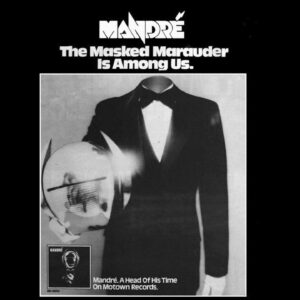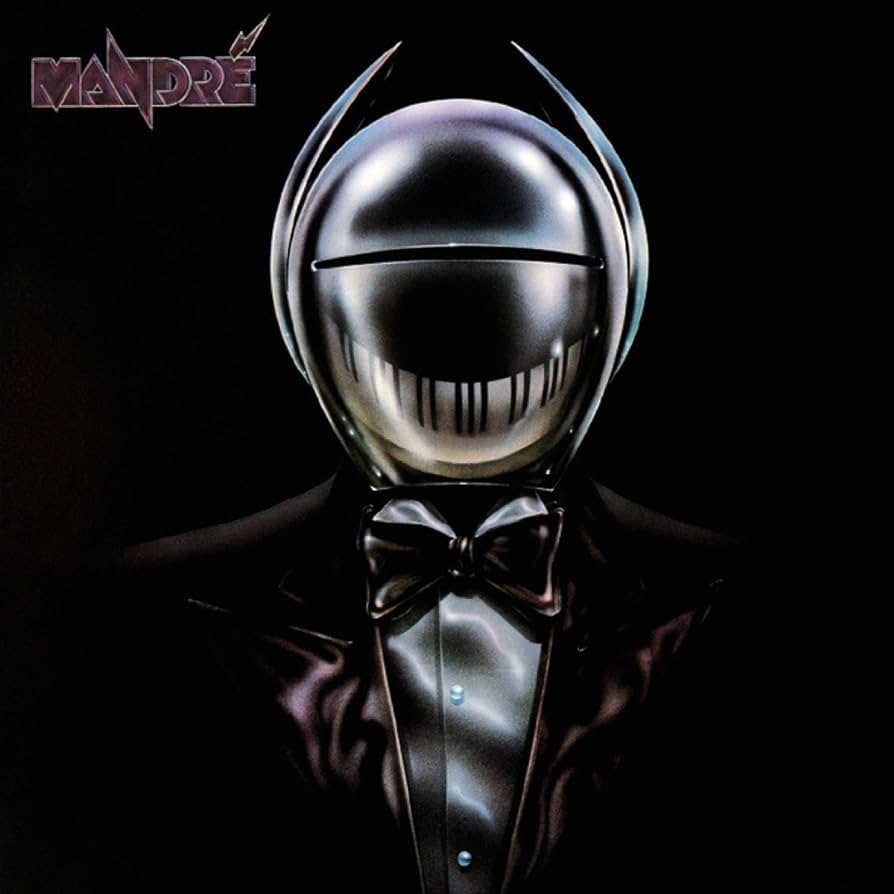In the vast expanse of music history, few artists embody the spirit of innovation and mystique quite like Michael Andre Lewis, known professionally as Mandré. A visionary force in the 1970s funk and electronic music scenes, Mandré’s story is one of audacity, creativity, and a futuristic vision that seemed to leap from the pages of a science fiction novel directly into the grooves of vinyl records.

Michael Andre Lewis’s journey began in Omaha, Nebraska, where his prodigious talent for music was evident from a young age. Classically trained, Lewis’s early career saw him performing with luminaries such as The Supremes and Stevie Wonder, showcasing his versatility and flair. However, it was his move to Los Angeles and subsequent reinvention as Mandré that marked the true beginning of his avant-garde legacy.

Adopting the persona of Mandré, Lewis introduced a character shrouded in mystery, often appearing in a futuristic helmet and visor that obscured his identity. This was not just a gimmick but a profound statement on the nature of fame, identity, and the future of music. Mandré’s albums, released under Motown’s subsidiary Mowest, were a blend of funk, jazz, and electronic music, infused with the sounds of synthesizers and vocoders. They painted a vision of the future that was both otherworldly and deeply rooted in the rhythmic foundations of funk.

Mandré’s debut album, “Mandré” (1977), was a bold foray into the uncharted territories of synth-funk and space music, setting the tone for what was to come. Tracks like “Solar Flight (Opus I),” with its lush synthesizer landscapes and cosmic themes, became emblematic of his style. Despite producing three albums for Motown, Mandré remained somewhat of an enigma, with his music achieving cult status but eluding widespread mainstream success. His work, however, was profoundly influential, presaging the electronic and synth-based movements that would dominate the music industry in the decades following.
While Mandré’s discography might not have achieved the commercial heights of his contemporaries, his influence on the genres of funk, electronic, and experimental music is undeniable. Artists across genres have sampled his work, and his vision of a synthesizer-driven future has come to fruition in ways even he might not have imagined. Mandré’s music offers a glimpse into an alternate history of pop music, one where the boundaries between man and machine, the past and the future, are blurred.

Today, there’s a growing appreciation for Mandré’s contributions to music. As new generations of artists and listeners delve into the archives of electronic music, they discover in Mandré a pioneering spirit that resonates with contemporary sensibilities. His albums, once overlooked, are now celebrated as groundbreaking works that pushed the boundaries of what music could be.
Michael Andre Lewis, under his guise as Mandré, crafted a legacy that extends far beyond his discography. He envisioned a future where music transcended traditional boundaries, a vision that continues to inspire and challenge. In the pantheon of music history, Mandré stands as a testament to the power of innovation and the enduring allure of the mysterious. As we look back on his career, we’re reminded that the future of music, much like Mandré’s identity, is an ever-evolving mystery, one that invites us to listen and dream in equal measure.
